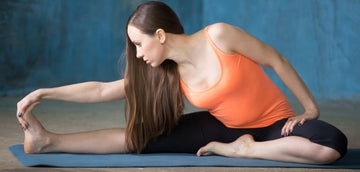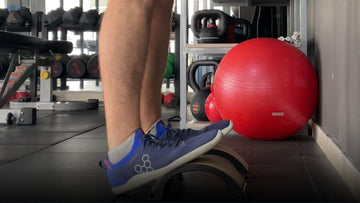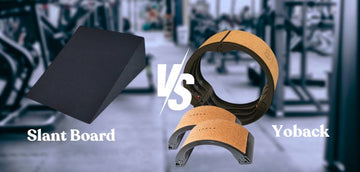If you want to improve your flexibility, range of motion, and athletic performance, then PNF stretching may be just what you need. PNF stands for proprioceptive neuromuscular facilitation, a type of stretching involving alternating between contracting and relaxing muscles to achieve a deeper stretch. In this article, we’ll explore the benefits of PNF stretching and how it can help you achieve your fitness goals.
Improved Range Of Motion
One of the primary benefits of PNF stretching is improved range of motion. You can achieve a deeper stretch than traditional static stretching by contracting and relaxing your muscles. This increased range of motion can be especially beneficial for athletes and fitness enthusiasts who need to perform movements that require a high degree of flexibility, such as gymnastics or dance.
Increased Flexibility
Another benefit of PNF stretching is increased flexibility. When you engage in regular PNF stretching, your muscles become more pliable and elastic, allowing you to move more freely and with less effort. This increased flexibility can also help reduce the risk of injury during physical activity, as your muscles can better handle the stresses of movement.
Improved Athletic Performance
PNF stretching has been shown to improve athletic performance by increasing strength, power, and agility. By improving your range of motion and flexibility, you’re able to perform movements more efficiently, which can translate to better performance in your chosen sport or activity. Additionally, PNF stretching can help reduce muscle soreness and improve recovery time, allowing you to train harder and more frequently.
Reduced Muscle Tension
PNF stretching can also help reduce muscle tension and improve overall relaxation. When you contract and relax your muscles during PNF stretching, you’re able to release tension and stress that may have built up in your muscles. This can be especially beneficial for people who experience chronic muscle tension or pain.
How To Incorporate PNF Stretching Into Your Routine
To incorporate PNF stretching into your routine, start by warming up your muscles with some light cardio or dynamic stretching. Then, choose a muscle group that you want to stretch and perform the following steps:
- Contract: Contract the muscle group you want to stretch for 5-10 seconds.
- Relax: Relax the muscle group for 10-15 seconds.
- Stretch: Stretch the muscle group to a comfortable level for 10-30 seconds.
- Repeat: Repeat the process 2-4 times.
It’s important to note that PNF stretching should be performed with caution, as it can be more intense than traditional static stretching. Always listen to your body and stop immediately if a stretch feels uncomfortable or painful.
Types Of PNF Stretching
There are two main types of PNF stretching: hold-relax and contract-relax. The hold-relax method involves contracting a muscle group for 5-10 seconds, then relaxing the muscle group and stretching it to a comfortable level for 10-30 seconds. The contract-relax method is similar, but instead of just relaxing the muscle group, you contract it again before stretching it.
PNF Stretching For Specific Muscle Groups
PNF stretching can be performed on a variety of muscle groups, including the hamstrings, quadriceps, calves, chest, back, and shoulders. Here are some examples of PNF stretches for specific muscle groups:
Hamstrings: Lie on your back with your legs straight. Lift one leg and hold it behind the thigh with both hands. Contract your hamstrings by trying to bring your heel towards your butt, then relax and pull your leg towards your chest for 10-30 seconds. Repeat on the other leg.
Quadriceps: Stand facing a wall with one hand on the wall for balance. Bend one knee and bring your heel towards your buttocks, holding it with your opposite hand. Contract your quadriceps by pushing your foot into your hand, then relax and pull your foot towards your buttocks for 10-30 seconds. Repeat on the other leg.
Chest: Stand facing a corner with your hands on either side of the corner at shoulder height. Lean forward into the corner until you feel a stretch in your chest muscles. Contract your chest muscles by pushing your hands into the corner, then relax and deepen the stretch for 10-30 seconds.
The Bottom Line
PNF stretching can effectively improve your range of motion, flexibility, and athletic performance. By alternating between contracting and relaxing your muscles, you can achieve a deeper stretch and release tension and stress in your muscles. However, it’s important to perform PNF stretching with caution and to listen to your body to avoid injury. Incorporating PNF stretching into your fitness routine can be a great way to take your flexibility and athletic performance to the next level.















